A remarkable archaeological discovery in the world took place in 1974 when more than 8000 life-size terracotta warriors were uncovered in Xi’an, China. The clay army is situated in the greatest mausoleum of the world, and archaeologists often contend that it was constructed to protect Emperor Qin Shi Huang in his afterlife journey. Each of the terracotta warriors was bestowed with unique characteristics and was arranged according to their rank. The other essentials of an army like horses, weapons and other objects were also discovered.
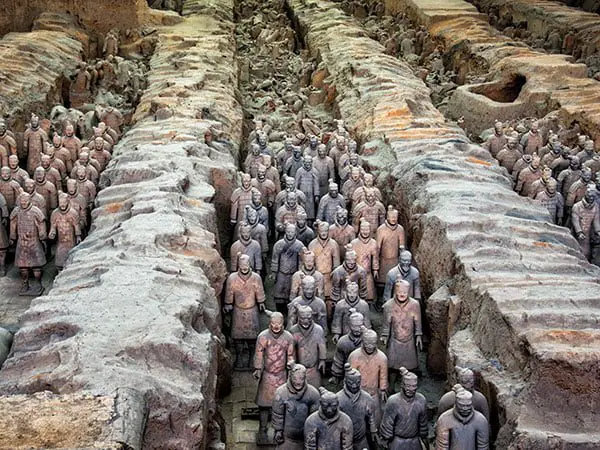
Who was Qin Shi Huang?
Qin Shi Huang was the first sovereign of the Qin Dynasty. He lived during 2nd century BCE, and he ascended the throne and became the King at the age of 12. According to historical documentations, he built an army of one million professional soldiers and it is also said that he was the one who initiated the building of the Great Wall of China.
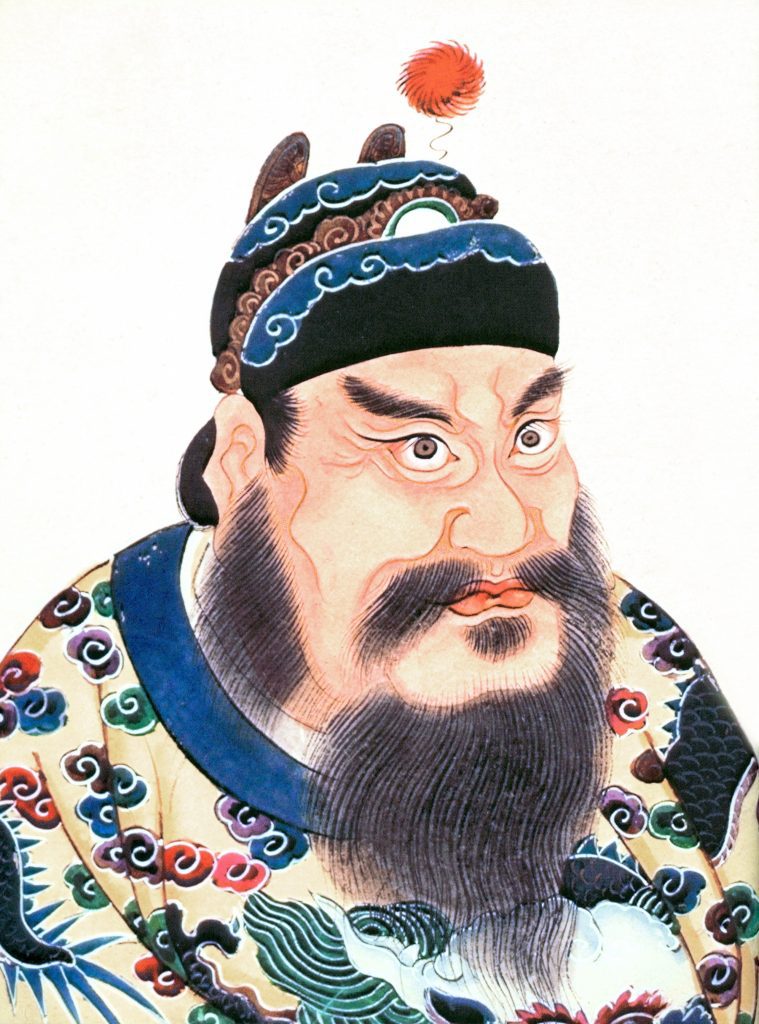
The Emperor’s mausoleum:
Huang’s kingdom, according to records, took 37 years and 720,000 people to construct and his mausoleum was similar to that. It was constructed with the intention of maintaining his empire even after death. The outer wall has a measurement of about 2km x 1km and the entire area of Necropolis consists of buildings, cemeteries and stables. For the terracotta warriors’ army, there are four different pits in which the 8,000 warriors stand in rows.
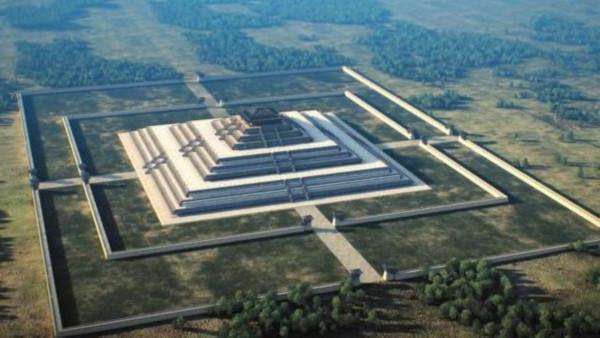
The tomb of the emperor was located and it was speculated to be linked with an underground palace which is yet to be discovered. According to historians, the tomb holds great treasures of past centuries such as vessels, precious stones and treasures. They hold that, since antiquity, no human soul has been buried so lavishly like Emperor Qin Shihuang.
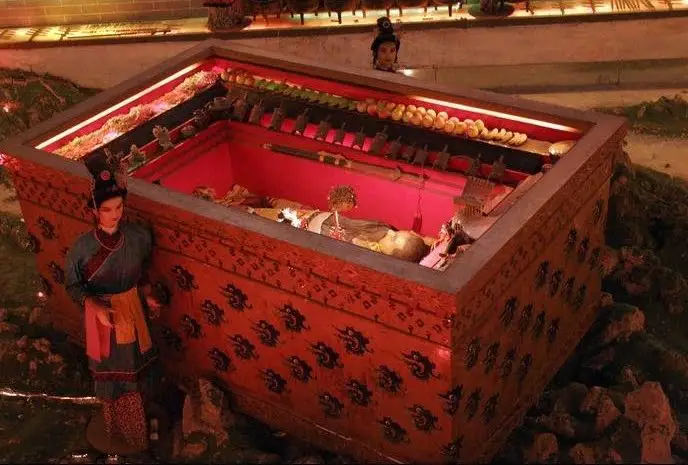
The Emperor made arrangements for booby-traps around his tomb so that robbers wouldn’t be able to access it. The traps included poisonous arrows containing mercury that are automatically triggered and other traps that could bring death upon any trespasser.
In order to preserve the secrets of the tomb, the workers engaged in the construction were killed; however, probes that have been sent into the tomb for investigation verified that large concentration of mercury existed in the tomb.
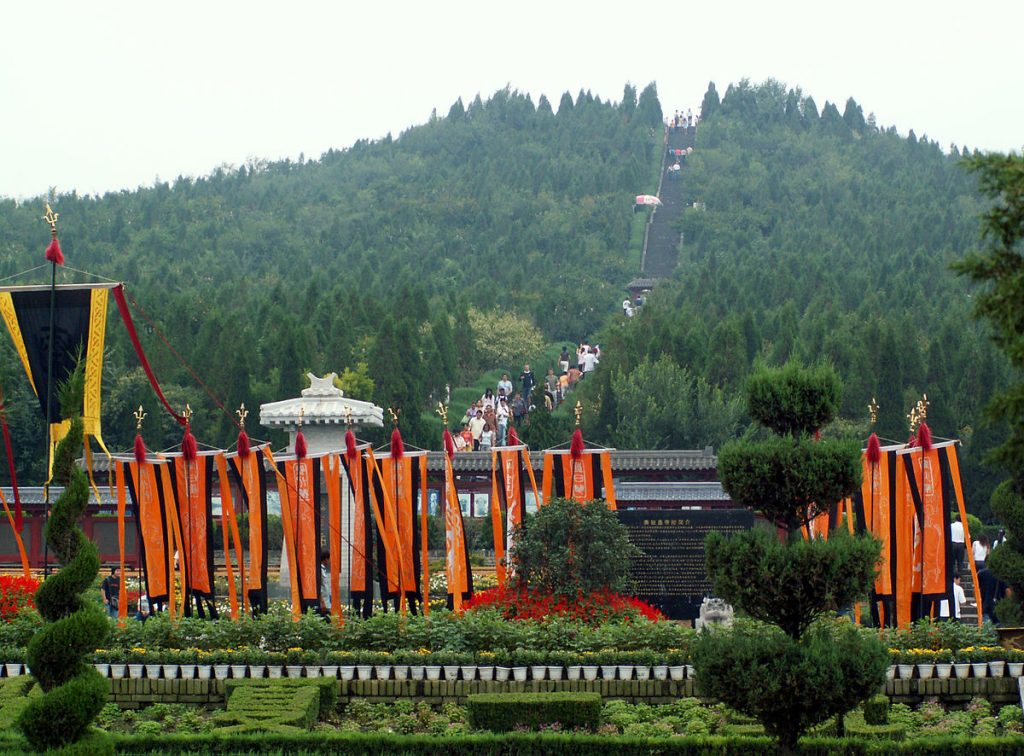
Discoveries adding to speculations:
The University of Xi’an Jiaotong recently discovered that the tombs of the Han dynasty are covered with astronomical information. Specifically, the caricatures and paintings on the upper part represent the sun, moon and the stars, while the lower part symbolizes mountains and rivers.
The myth of the dragons:
A popular imagery on the tombs of maximum Chinese Emperors was that of a dragon. A Chinese Dragon was said to combine nine different parts of nine different animals: the head of a camel, ears of a bull, the scales of a fish, paws of the tiger, the horns of a deer, neck of a snake, the eyes of a rabbit, , the belly of a clam , and the claws of an eagle.
Having the accumulation of various species, dragons were held to be enormous monsters that, along with their strength and rationality, were involved in the creation of the world. Dragons were not portrayed to be evil creatures, a norm pursued by the Christians. On the other hand, the Chinese claim that dragons were present from the beginning of human evolution. They were considered as a symbol of good fortune and held to be potential advisors to the King owing to their wisdom. They had certain miraculous abilities, which included the ability to change shape, size, becoming invisible, controlling the weather and altering many external aspects of everyday human life.
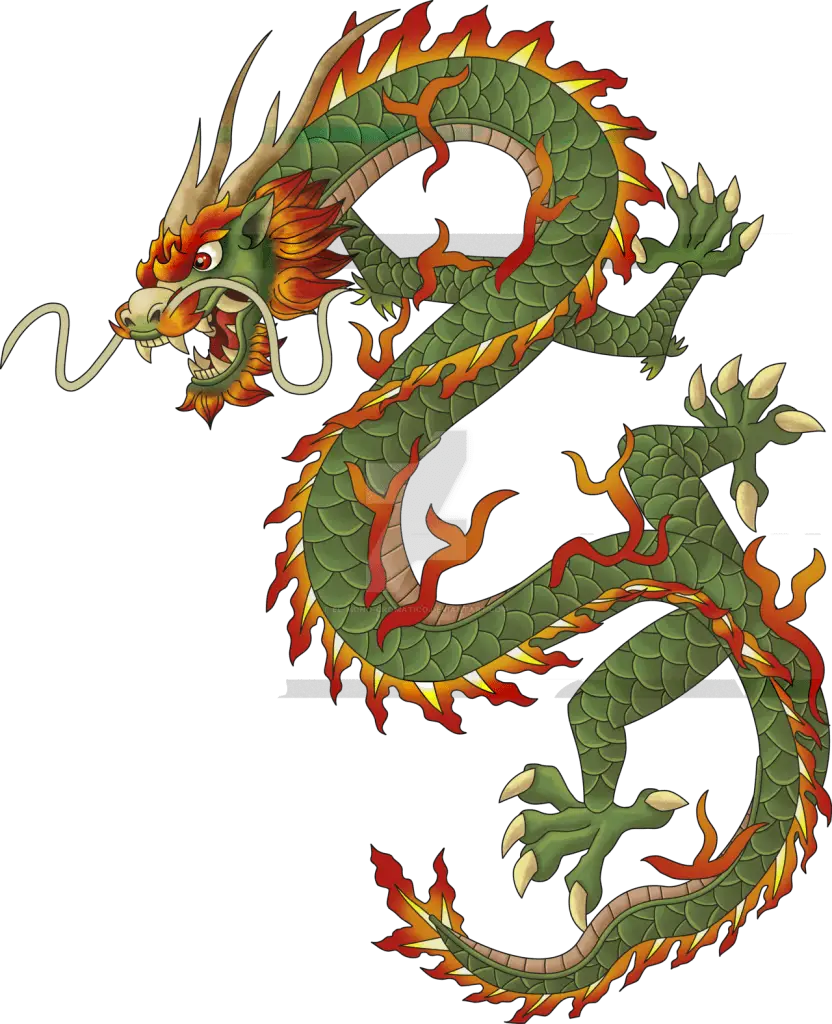
Legends hold that the first mythological emperor ( Fu Xi ) of China had a dragon tail, and his successor was said to have been nurtured by a dragon. Drawing similarities from cultures around the world, it was seen that often the “first emperors” of any dynasty were held to be the ‘gods’ and ‘creators’ of humanity. The sole difference lies in the fact that gods in Chinese mythology who gave the kings authority are depicted as dragons. Since the emperors of China were characterized to be divinely ordained, is it possible for the Emperor Qin Shi Huang to also be so, considering the vast amount of wealth that is buried in his tomb?
There are still many relics and mysteries that are yet to be unearthed from the area where the terracotta warriors were discovered which remains largely unexplored and archaeologists believe that only a tiny fraction of history has been dugout. However, due to government restrictions, excavations of the tomb have currently been stalled.
